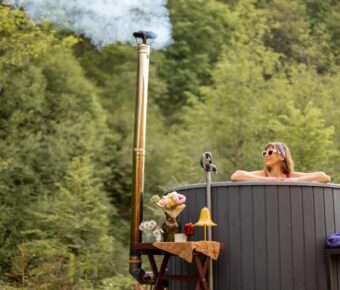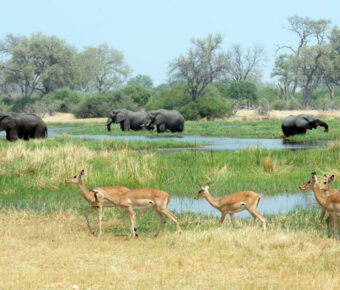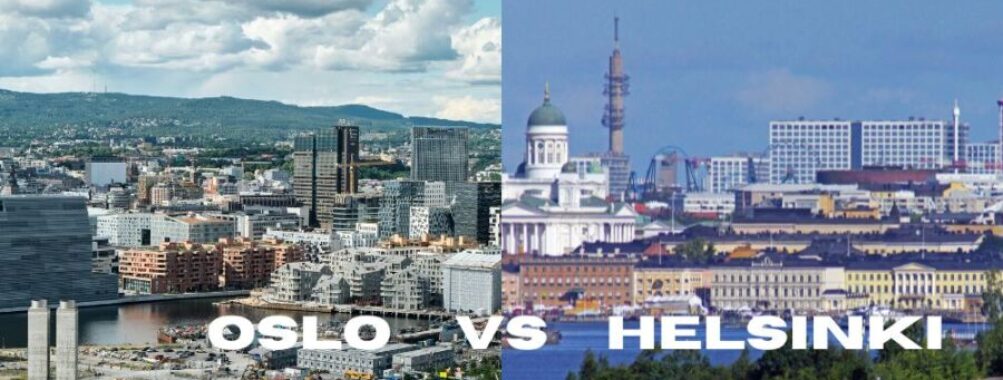
Oslo vs Helsinki: Which Nordic Capital Offers Better Value?
Oslo and Helsinki stand as two remarkable Nordic capitals, each with its own distinct character and charm. Both cities blend modern design with rich history, making them popular destinations for travelers seeking authentic Scandinavian experiences.
For most visitors, Helsinki proves to be the more budget-friendly choice with better value hotels and easier connections to other Baltic cities, while Oslo offers superior outdoor activities and more diverse dining options. The Finnish capital maintains strong ties to design and architecture, showcasing clean lines and functional beauty at every turn.
These urban centers share similar winter daylight patterns and weather, with Helsinki seeing 39 hours of sunshine in January compared to Oslo’s 40 hours. The Norwegian capital sits nestled among forests and fjords, giving nature lovers direct access to stunning landscapes. Its ethnic neighborhoods add extra flavor to the cultural scene.
Contents
- Geographic and Climate Overview
- Average Temperature and Weather Patterns
- Proximity to Other Scandinavian Destinations
- Historical Significance
- Oslo’s Viking Heritage
- Helsinki’s Architectural Evolution
- Cultural and Artistic Attractions
- Museums and Galleries
- Music and Performances
- Local Lifestyle and Social Scene
- Dining and Culinary Scene
- Shopping: International Brands and Local Boutiques
- Nightlife and Entertainment
- Transportation and Mobility
- Public Transportation Systems
- Ease of Access to Neighboring Countries
- Recreational Activities and Nature
- Outdoor Adventures and Nature Parks
- Family-Friendly Attractions
- Accommodation and Cost of Living
- Cost Comparison Between Oslo and Helsinki
- Diverse Accommodation Options
- Frequently Asked Questions
- What are the key differences in cost of living between Oslo and Helsinki?
- How does the climate compare between Oslo and Helsinki throughout the year?
- What can travelers expect in terms of cultural experiences when deciding between a visit to Oslo or Helsinki?
- Which city offers a more vibrant nightlife, Oslo or Helsinki, and what are the unique highlights?
- Regarding public transportation and mobility, how do Oslo and Helsinki differ for tourists?
- How do Oslo and Helsinki differ in size and population, and what impact does this have on their respective atmospheres?
- More Travel Guides
Geographic and Climate Overview
Oslo and Helsinki share a similar northern climate pattern, with both cities experiencing distinct seasonal changes and maritime influences from their coastal locations. Both cities sit at high latitudes, creating unique daylight patterns throughout the year.
Average Temperature and Weather Patterns
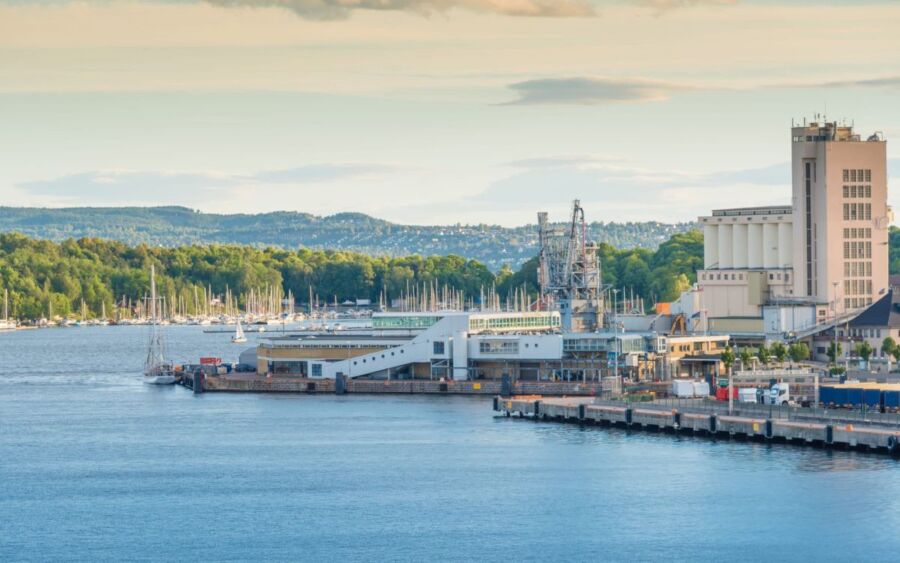
Both cities have warm summer continental climates with no dry season. Oslo sees slightly warmer summer temperatures, with record highs reaching 34.6°C compared to Helsinki’s 33.2°C.
Winter brings more extreme cold to Helsinki, with record lows dropping to -34.3°C while Oslo’s lowest recorded temperature is -26°C.
Oslo gets more yearly rainfall than Helsinki. The Norwegian capital can receive up to 30.5cm of precipitation in its wettest months, while Helsinki tops out at 18.4cm monthly.
Wind patterns differ between the cities. Helsinki typically experiences stronger winds, averaging 21-24 km/h, while Oslo sees gentler breezes around 12-16 km/h.
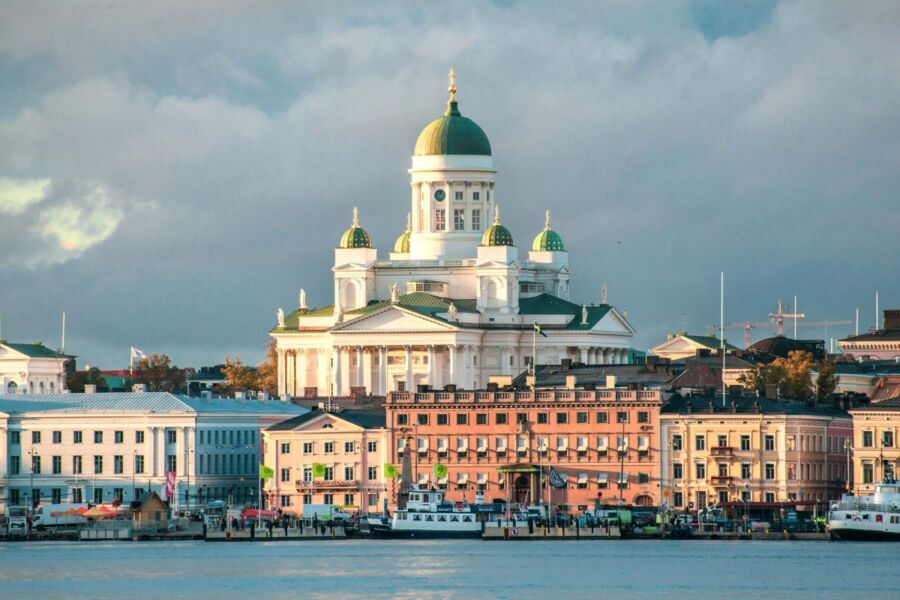
Helsinki and Oslo sit roughly 770 kilometers apart, making them accessible to each other by air, sea, or land transport.
The Finnish capital serves as an excellent base for exploring the Baltic region and eastern Scandinavia, with easy access to Stockholm across the Baltic Sea.
Oslo’s position on Norway’s southern coast makes it perfect for exploring the Norwegian fjords and western Scandinavia. The city offers convenient connections to Copenhagen and other Danish destinations.
Both cities provide great viewing points for the Northern Lights during winter months, though you’ll get better views by heading further north from either city.
Historical Significance
Both capital cities showcase distinct historical paths that shaped Northern Europe. Oslo’s deep Viking roots contrast with Helsinki’s blend of Swedish and Russian influences, creating two unique cultural identities.
Oslo’s Viking Heritage

The Viking Ships Museum stands as a testament to Oslo’s maritime legacy. Ancient vessels like the Oseberg and Gokstad ships reveal the city’s seafaring past. These remarkably preserved ships date back to the 9th century.
The Akershus Fortress has protected Oslo since the 14th century. Its sturdy walls have witnessed countless sieges and now house the Norwegian Resistance Museum. The fortress tells stories of medieval kings and World War II resistance fighters.
Viking artifacts found around Oslo paint a picture of a thriving trade center. Archaeological digs have uncovered tools, weapons, and jewelry that show the sophistication of Norse culture.
Helsinki’s Architectural Evolution

The Rock Church (Temppeliaukio) represents Helsinki’s innovative spirit. Carved directly into solid rock in 1969, this modern marvel blends nature with Finnish design. Its copper dome and natural rock walls create amazing acoustics.
Suomenlinna, the sea fortress, reflects Helsinki’s strategic importance. Built in the 18th century during Swedish rule, its walls tell tales of Baltic Sea power struggles. The fortress spans six islands and remains a UNESCO World Heritage site.
Russian influence appears in Senate Square’s neoclassical buildings. The bright white Helsinki Cathedral towers above the square, showing how Russian architects shaped the city’s look in the 19th century.
Cultural and Artistic Attractions
Both cities showcase rich Nordic culture through world-class museums, stunning architecture, and vibrant performing arts scenes. The blend of traditional and modern artistic expressions creates unique cultural experiences in each capital.
Museums and Galleries
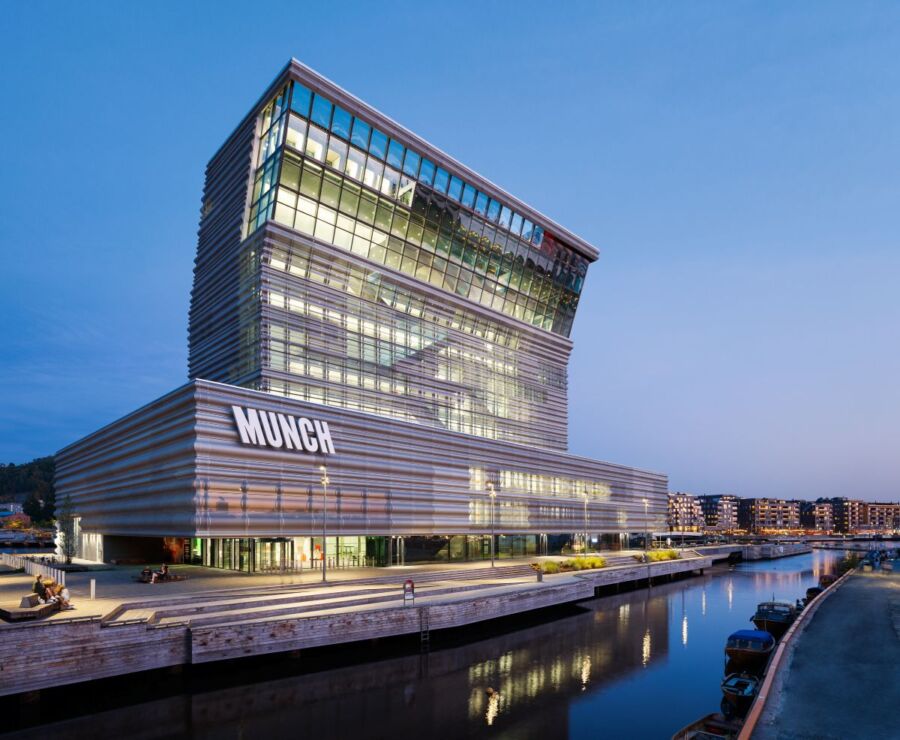
Oslo’s crown jewel is the striking Munch Museum, home to the largest collection of Edvard Munch’s works. The museum’s sleek design adds a modern touch to the city’s waterfront.
The Norwegian Maritime Museum shares fascinating stories of the country’s seafaring heritage through interactive exhibits and historic vessels.
Helsinki’s Design Museum celebrates Finnish innovation and style. The collections highlight why this city earned its reputation as a global design capital.
The Ateneum Art Museum houses Finland’s largest collection of classical art. Its impressive building stands as an architectural marvel in central Helsinki.
Music and Performances

The Oslo Opera House stands as an architectural masterpiece where visitors can walk on the roof for amazing fjord views. Inside, world-class opera performances and concerts fill the halls with music.
Helsinki’s Sibelius Monument pays tribute to the famous composer Jean Sibelius. The steel sculpture creates music as wind passes through its pipes.
The Helsinki Music Centre hosts the Finnish Radio Symphony Orchestra. Its perfect acoustics make every performance special.
Both cities offer outdoor summer concerts in their parks. These events let tourists experience local music culture alongside residents.
Local Lifestyle and Social Scene
Both Oslo and Helsinki offer vibrant urban cultures shaped by Nordic values. The cities mix modern trends with traditional customs, creating unique social environments for locals and visitors.
Dining and Culinary Scene
Oslo’s food scene features fresh seafood and Nordic ingredients. The city’s restaurants range from Michelin-starred spots to cozy cafes serving smørrebrød open-faced sandwiches.
Popular areas like Aker Brygge and Grünerløkka host many of Oslo’s best dining spots. Local specialties include:
- Fresh salmon and cod dishes
- Reindeer and elk meals
- Traditional Norwegian meatballs
- Seasonal berry desserts
Helsinki’s food culture blends Finnish traditions with modern gastronomy. The Old Market Hall and restaurants around Senate Square showcase local flavors.
Finnish comfort foods found throughout Helsinki:
- Grilled salmon soup
- Karelian pasties
- Fresh lingonberry treats
- Reindeer dishes with wild mushrooms
Shopping: International Brands and Local Boutiques

Karl Johans Gate in Oslo serves as the main shopping street with major brands like H&M and Zara. The Bogstadveien area features Norwegian fashion designers and artisan shops.
The Grünerløkka district offers vintage stores and indie boutiques. Local markets sell handmade goods and Norwegian wool products.
Helsinki’s Design District contains over 200 creative businesses. The area between Esplanadi and Aleksanterinkatu holds luxury brands and Finnish design stores.
Popular shopping spots in Helsinki:
- Stockmann department store
- Kamppi shopping center
- Market Square for crafts
- Design Museum shop
Nightlife and Entertainment

Oslo’s nightlife centers around Youngstorget and Grünerløkka. These areas buzz with craft beer bars, live music venues, and dance clubs playing electronic music.
The city hosts regular cultural events at places like:
- Oslo Opera House
- Blå jazz club
- The Villa dance club
- Underwater pub
Helsinki’s party scene thrives in the Kallio district. The area offers laid-back bars, karaoke spots, and techno clubs open late into the night.
Finnish sauna culture adds a unique social element. Public saunas like Löyly combine traditional bathing with modern bars and restaurants.
Transportation and Mobility
Both cities excel in modern transit systems while offering unique advantages for exploring the wider region. Moving between these Nordic capitals and their surrounding areas is smooth and efficient.
Public Transportation Systems
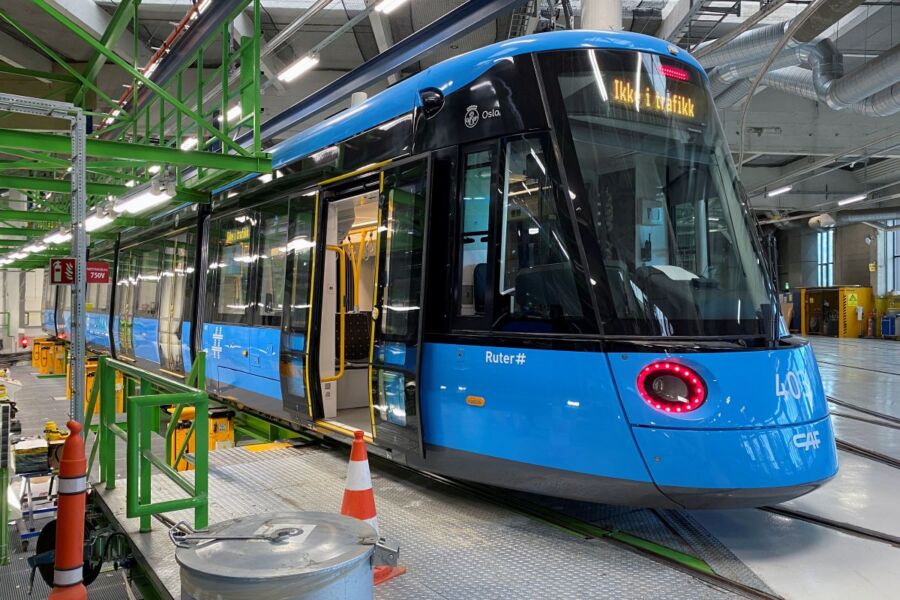
Oslo’s public transport network includes trains, buses, trams, and ferries. The T-bane metro system runs through 6 lines and connects most major areas. A single ticket works across all transport types, making city travel simple.
Helsinki’s transit system stands out for its punctuality. The city runs trams, buses, and a metro system that extends into neighboring Espoo. The bright orange metro cars are easy to spot and rarely delayed.
Both cities maintain clean and modern public transport fleets. Book travel tickets early during peak tourist seasons.
Ease of Access to Neighboring Countries
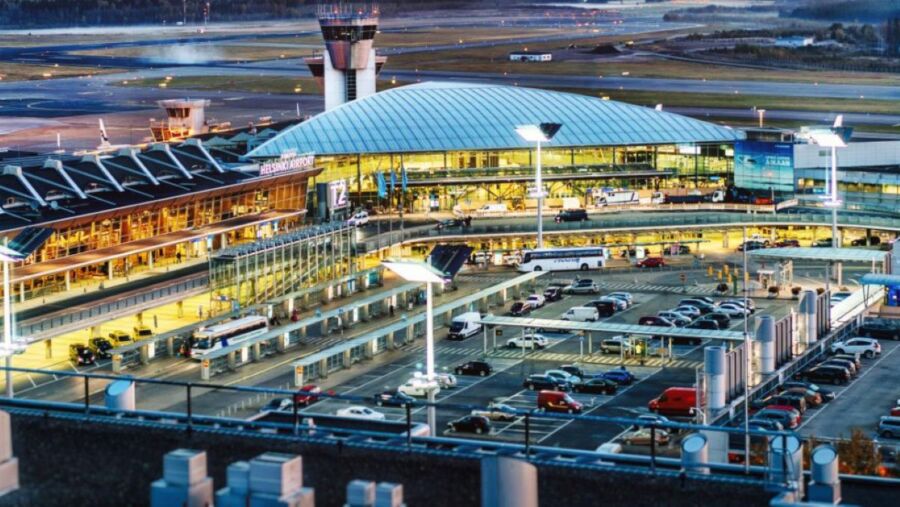
Oslo serves as a gateway to Norway’s stunning fjords. The Norway in a Nutshell route starts here, connecting travelers to Bergen through a mix of trains, buses, and ferries.
Helsinki’s port is one of the busiest passenger harbors in Europe. Regular ferries run to Estonia, Sweden, and Russia. The trip to Tallinn takes only 2 hours by ferry.
Both cities have major international airports. Oslo Airport at Gardermoen lies 47km north of the city. Helsinki Airport sits in Vantaa, just 17km from downtown, making it more convenient for quick transfers.
Recreational Activities and Nature
Both cities offer unique outdoor adventures and family attractions that blend urban comfort with natural wonders. Each destination lets visitors experience the beauty of Nordic nature while enjoying modern amenities.
Outdoor Adventures and Nature Parks

Oslo shines with its stunning Vigeland Sculpture Park, where art meets nature across 80 acres of landscaped gardens. The park features over 200 bronze and granite sculptures perfect for peaceful walks.
The Norwegian capital sits between fjords and forests, making it easy to go hiking, kayaking, or skiing just minutes from downtown. The Oslo Winter Park draws snow sports fans from December through March.
Helsinki’s central park stretches for over 10 kilometers, offering year-round activities from cross-country skiing to cycling. The city’s location on the Baltic Sea creates perfect conditions for sailing and island hopping.
Nature lovers can explore Helsinki’s Nuuksio National Park, home to peaceful lakes and dense forests. The park provides marked trails for hiking and spots for wild berry picking in summer months.
Family-Friendly Attractions

Kids love the Norwegian Maritime Museum in Oslo where they can explore historic ships and learn about Viking history through interactive exhibits. The Natural History Museum brings science to life with dinosaur skeletons and mineral collections.
Helsinki delights families with its book fun activities and tours around the unique Temppeliaukio Church – carved into solid rock. The Sea Life center lets children discover Nordic marine creatures up close.
Both cities maintain excellent zoos. The Helsinki Zoo spreads across an island, while Oslo’s zoo combines with an amusement park for a full day of entertainment.
Public beaches dot the shoreline of each city. Helsinki’s Hietaniemi Beach buzzes with volleyball courts and ice cream stands. Oslo’s Tjuvholmen offers urban swimming with views of modern architecture.
Accommodation and Cost of Living
Living costs vary significantly between these Nordic capitals, with Oslo ranking as the pricier option. Monthly expenses, rent, and daily necessities show notable differences that impact both locals and newcomers.
Cost Comparison Between Oslo and Helsinki
Living in Helsinki costs about 17% less than Oslo. A furnished 85m² apartment in a prime Helsinki location costs around €2,017 monthly, while similar housing in Oslo runs about 25,417 kr (€2,160).
The gap extends beyond just housing. A person needs roughly 62,112 kr in Helsinki to maintain the same quality of life that 75,000 kr provides in Oslo.
Basic utilities and internet services tend to be more budget-friendly in Helsinki. Food costs also lean lower in the Finnish capital.
Diverse Accommodation Options
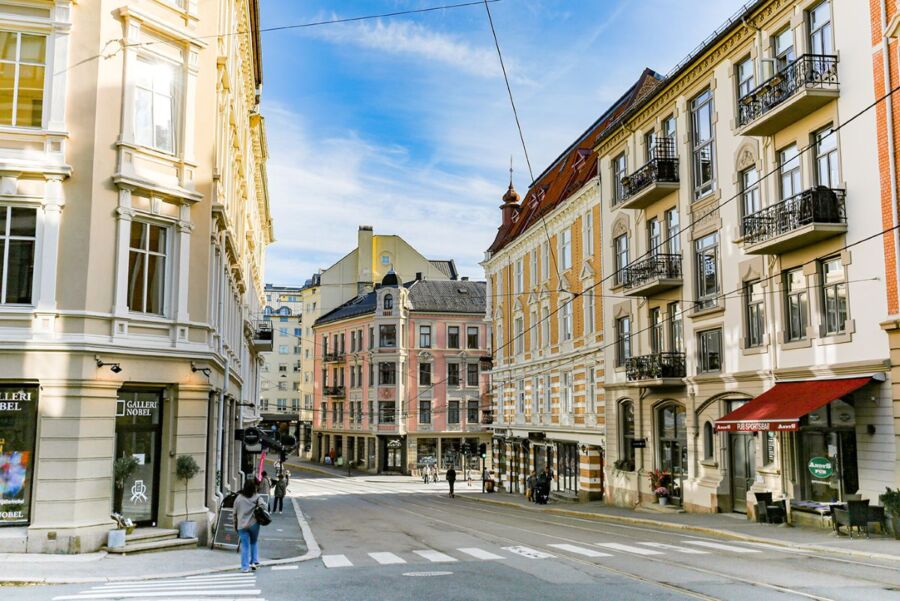
Both cities offer varied housing choices for different budgets and lifestyles. Central districts feature modern apartments and historic buildings, while suburban areas provide more space at lower costs.
Neighborhoods like Kallio attract young professionals with affordable rents and vibrant culture in Helsinki. The city’s efficient public transport makes living in cheaper outer areas practical.
In Oslo, residential areas range from upscale Frogner to more affordable options in east Oslo. Many buildings include shared facilities like saunas or gardens, adding value to rental properties.
Finding temporary accommodation can be straightforward in both cities, with options ranging from serviced apartments to traditional rentals.
The rental market moves quickly in both capitals. Most properties come unfurnished, though furnished options exist at higher prices.
Frequently Asked Questions
Oslo and Helsinki both offer unique Nordic experiences with distinct costs, cultures, and characteristics that shape visitor experiences. These differences extend from daily expenses to local customs.
What are the key differences in cost of living between Oslo and Helsinki?
Oslo stands out as the more expensive city for travelers. A meal at a mid-range restaurant in Oslo costs about 15-20% more than in Helsinki.
Hotel prices follow the same pattern. A standard hotel room in Oslo’s city center typically costs 30% more than a similar room in Helsinki.
Public transportation passes in Helsinki offer better value, with day tickets costing around €8 compared to Oslo’s €11 equivalent.
How does the climate compare between Oslo and Helsinki throughout the year?
Both cities experience cold winters and mild summers. Oslo sees slightly more rainfall, with 49mm in January compared to Helsinki’s 40mm.
Winter temperatures in Helsinki drop lower, often reaching -5°C to -10°C, while Oslo stays milder at around -2°C to -7°C.
Summer days stretch longer in Helsinki due to its more northern location. Both cities enjoy similar amounts of winter sunshine – about 40 hours per month.
What can travelers expect in terms of cultural experiences when deciding between a visit to Oslo or Helsinki?
Oslo excels in modern art and museums, with the famous Opera House and Munch Museum drawing art enthusiasts from around the world.
Helsinki shines with its design district and Finnish sauna culture. The city offers more traditional Nordic experiences through its Market Square and Senate Square.
Each city maintains strong ties to its maritime heritage, visible in their harbors and seafood traditions.
Which city offers a more vibrant nightlife, Oslo or Helsinki, and what are the unique highlights?
Oslo’s nightlife centers around the Grünerløkka district, known for craft beer bars and live music venues.
Helsinki’s nightlife thrives in the Kallio neighborhood, featuring unique Finnish bars and dance clubs.
The drinking culture differs – Helsinki embraces casual pub culture, while Oslo tends toward upscale cocktail bars.
Regarding public transportation and mobility, how do Oslo and Helsinki differ for tourists?
Helsinki’s tram network provides excellent city coverage, with frequent service to major attractions.
Oslo relies more on its metro and bus system. The city’s compact center makes walking between sites easy.
Both cities offer efficient airport connections, with direct trains running to their city centers.
How do Oslo and Helsinki differ in size and population, and what impact does this have on their respective atmospheres?
Oslo is spread across a larger area, with about 700,000 residents in the city proper. Meanwhile, Helsinki maintains a more concentrated urban core, housing roughly 650,000 people. The size difference shows in Oslo’s sprawling neighborhoods versus Helsinki’s tighter, more walkable layout.
